Outdoor saunas provide a luxurious and relaxing retreat, offering a unique way to unwind while surrounded by nature. However, one common concern for potential sauna owners is the operating cost. Are outdoor saunas expensive to run? Let’s explore the factors that contribute to the operating expenses and how you can optimize efficiency.
1. Heating Method:
The heating method significantly influences operating costs. Outdoor saunas typically use electric heaters or wood-burning stoves. Electric heaters are convenient but may result in higher electricity bills. Wood-burning stoves provide a traditional experience but require a constant supply of wood.
2. Insulation:
A well-insulated sauna retains heat more effectively, reducing the time and energy required to reach and maintain the desired temperature. Quality insulation helps keep the sauna warm even in colder weather, contributing to cost savings in the long run.
3. Sauna Size:
Larger saunas generally consume more energy to heat. When planning your outdoor sauna, consider the size based on your needs and preferences. A properly sized sauna not only enhances energy efficiency but also ensures a more comfortable experience.
4. Frequency of Use:
The frequency and duration of sauna sessions impact operating costs. If you use the sauna frequently or for extended periods, energy consumption will be higher. Consider a programmable timer to control usage and avoid unnecessary heating.
5. Energy-Efficient Appliances:
Invest in energy-efficient sauna heaters or stoves. Modern models often come with advanced features like programmable timers, digital controls, and improved energy efficiency, helping to lower overall operating expenses.
6. Maintenance:
Regular maintenance ensures that your sauna operates at peak efficiency. Clean the heating elements, check for air leaks, and inspect the insulation regularly. Well-maintained saunas are more energy-efficient.
7. Local Climate:
The local climate plays a role in outdoor sauna costs. If you live in an area with extreme temperatures, the sauna may need more energy to reach and maintain the desired temperature. Consider climate-appropriate design and insulation.
8. Energy Prices:
The cost of electricity or wood in your area will affect operating expenses. Monitor energy prices and explore options for cost-effective energy sources. Some regions offer off-peak electricity rates, providing potential savings.
Tips to Optimize Efficiency:
- Use a Timer: Set a timer to preheat the sauna, ensuring it’s ready when you plan to use it.
- Proper Ventilation: Ensure proper ventilation to prevent heat loss and maintain efficiency.
- Invest in Quality Insulation: Quality insulation retains heat, reducing the need for constant reheating.
- Choose an Appropriate Size: Opt for a sauna size that suits your needs without unnecessary excess space.
- Regular Maintenance: Keep the sauna well-maintained for optimal performance.
In conclusion, while there are costs associated with running outdoor saunas, careful planning and investment in energy-efficient options can help manage and optimize these expenses. The benefits of a soothing outdoor sauna experience often outweigh the operating costs, providing a valuable addition to your lifestyle and well-being.



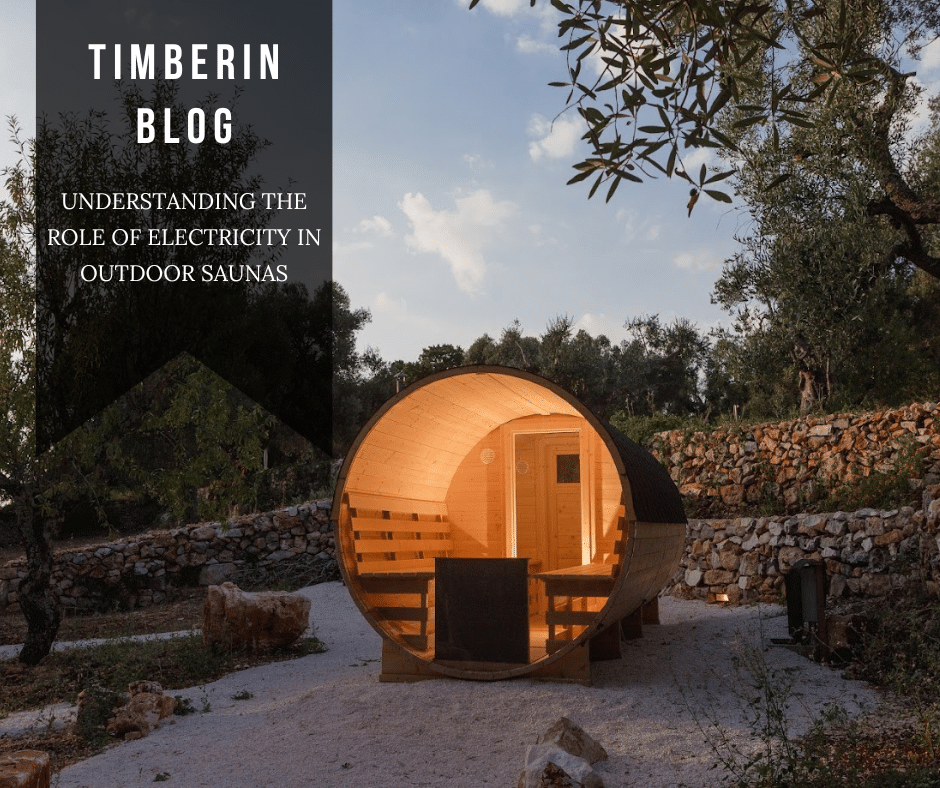
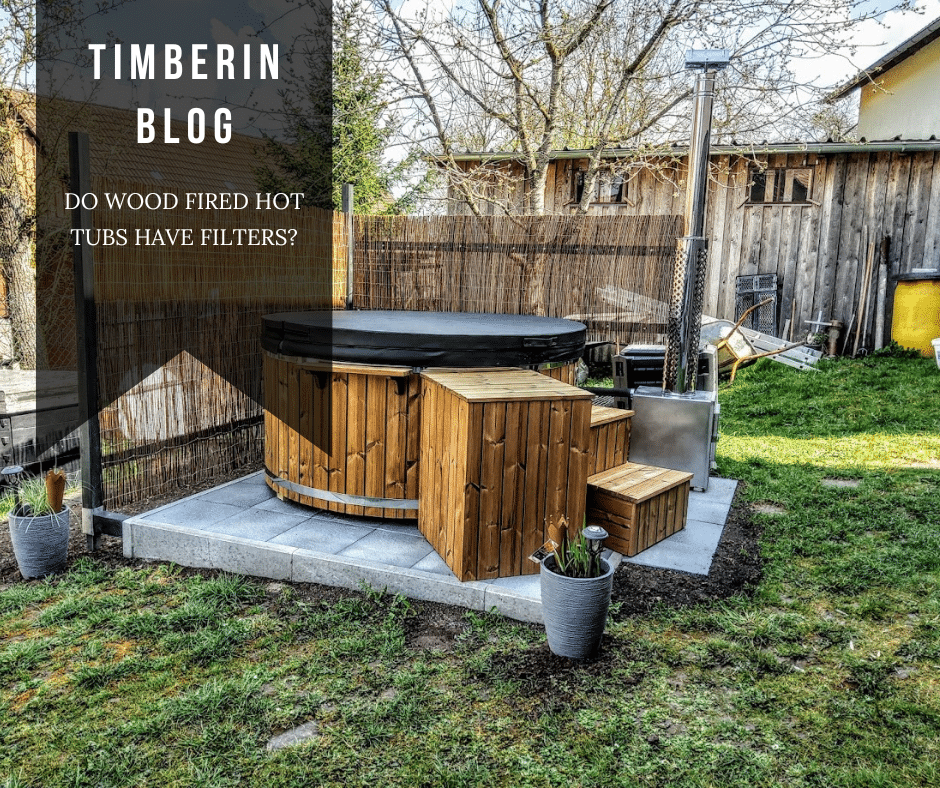

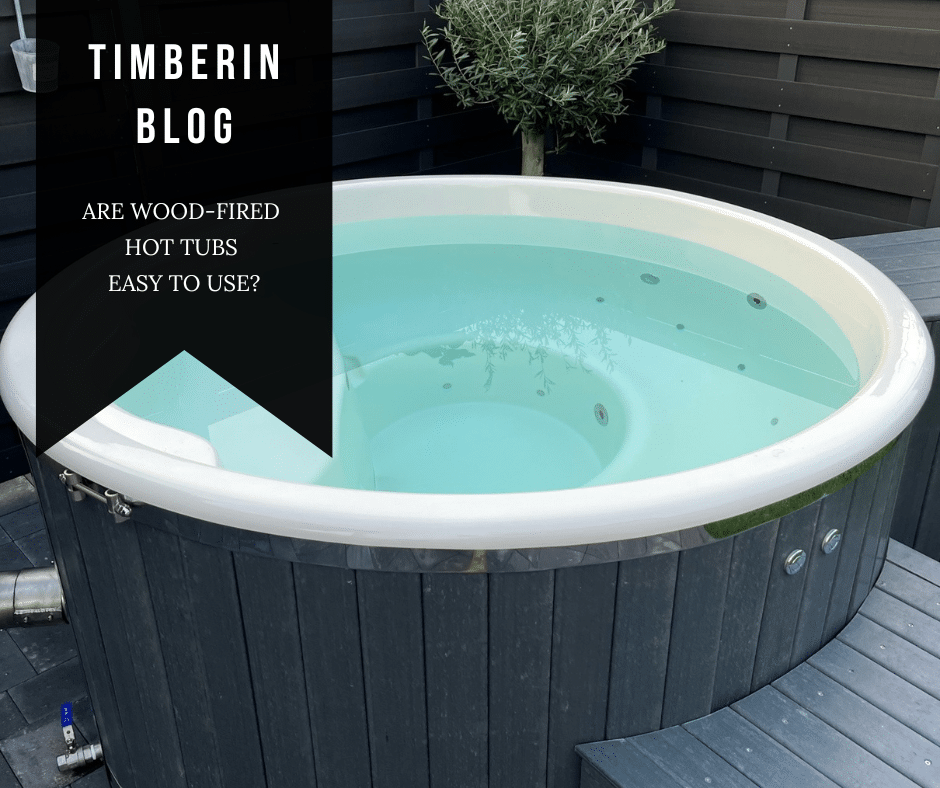
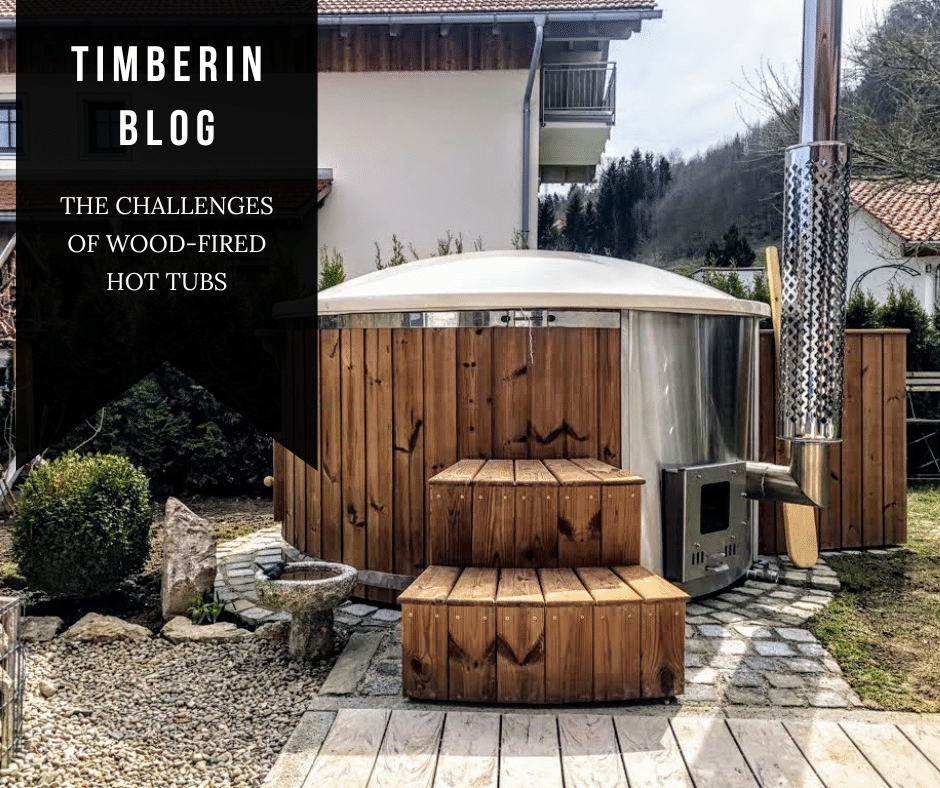

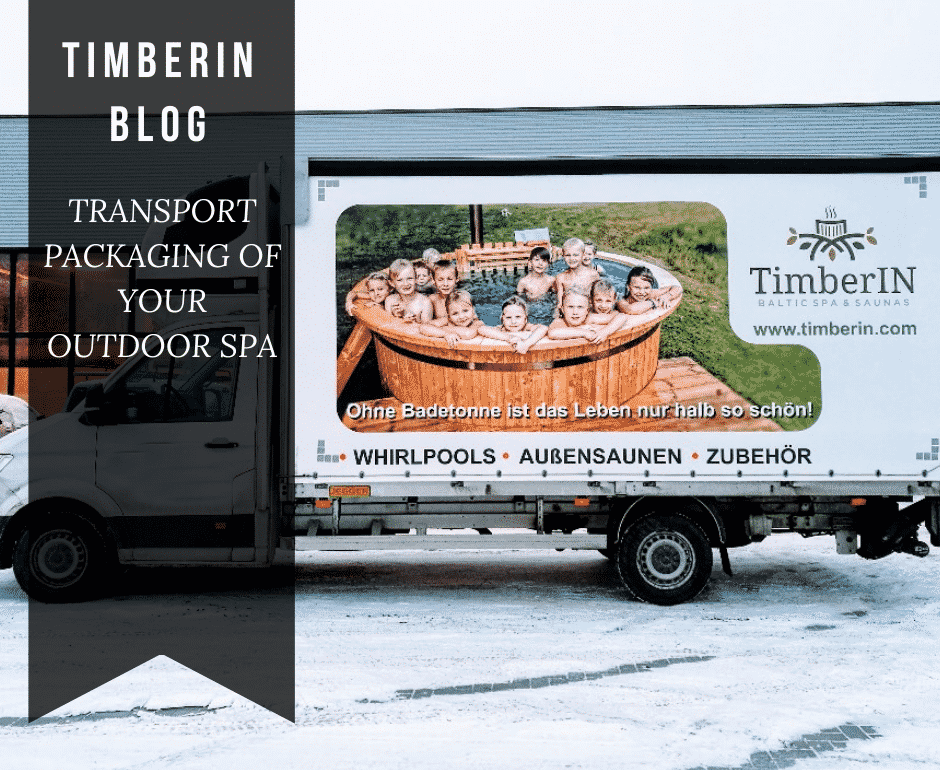

Leave A Comment